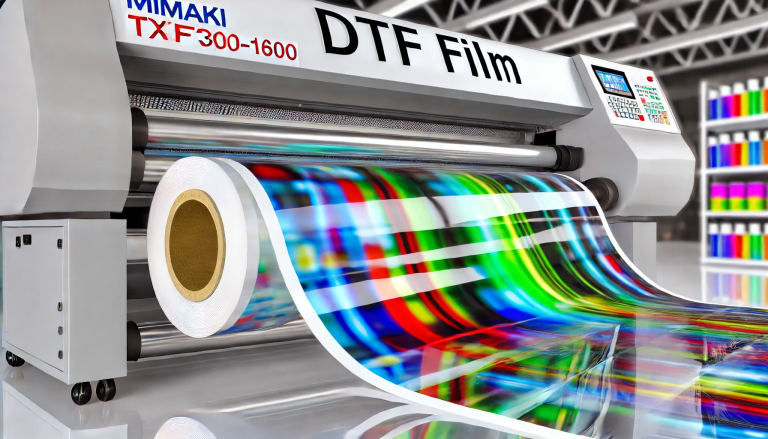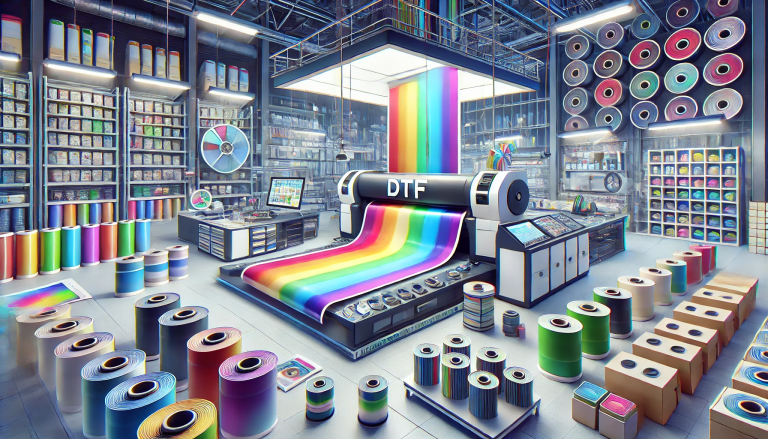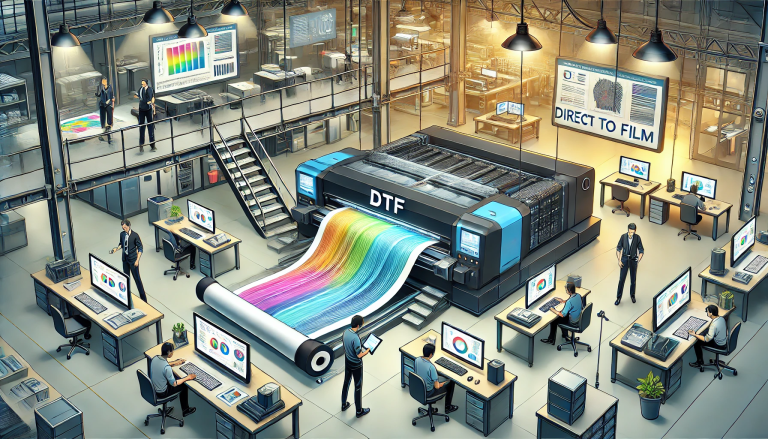“The Advantages of DTF Heat Transfer Film over Traditional Heat Transfer Film” -MAXDTF- DTF Transfer Film Manufacturer, PET Film roll for DTF Supplier, Made in China
Introduction
The advent of Direct to Film (DTF) heat transfer technology has revolutionized the printing industry, bringing a significant shift from conventional heat transfer methods. DTF heat transfer film, compared to traditional heat transfer film, offers multiple advantages, including superior print quality, versatility, and cost-effectiveness. These benefits, combined with advances in technology, have positioned DTF as a superior choice for businesses and individuals alike. This essay explores the reasons behind DTF’s superiority in the heat transfer field.
Traditional heat transfer methods involve printing a design onto a heat transfer film or paper, followed by transferring it onto a substrate using heat and pressure. Despite its proven utility, this technique presents several limitations, such as design complexity, labor intensity, and the necessity of pre-production steps like weeding. In addition, prints often turn out stiffer and less durable. DTF technology, in contrast, prints high-resolution designs directly onto a film using DTF inks. This film can then be transferred onto various substrates, eliminating the need for pre-production processes and yielding softer, more durable, and high-quality prints.
Body
The first advantage of DTF heat transfer film lies in its superior print quality. DTF inks produce vibrant, high-resolution prints that do not easily fade, crack, or peel, offering a marked improvement over the conventional method. The durability and quality of prints not only enhance the product’s visual appeal but also extend its lifespan.
Secondly, DTF technology provides unparalleled versatility. It is compatible with a broad range of materials, including but not limited to fabrics, ceramics, and glass. This expanded scope of applications opens up new avenues for creativity and customization, setting DTF apart from traditional heat transfer methods typically limited to specific materials and colors.
Lastly, DTF printing is remarkably cost-effective. In traditional heat transfer methods, detailed designs require labor-intensive and time-consuming pre-production processes. DTF technology, however, removes these steps, saving time and reducing labor costs. It also reduces waste by utilizing the precise amount of ink necessary for each print, creating a more eco-friendly solution.
However, it is crucial to acknowledge the associated challenges. DTF technology requires a substantial initial investment in special printers and materials. Although this might seem steep initially, the long-term cost savings and superior print quality generally make up for this early investment.
Conclusion
In conclusion, DTF heat transfer film represents a significant advancement over traditional heat transfer film. Its promise of high-quality prints, versatility across various substrates, and cost-effectiveness position it as a superior alternative. While the initial setup cost may pose challenges, the long-term benefits make DTF an attractive investment for businesses of all sizes.
The evolution of DTF technology indicates a promising future in the digital printing industry. As it continues to improve and become more accessible, the adoption of DTF technology will likely surge across various sectors. Businesses ready to embrace this technology will gain a competitive edge by offering high-quality, customized products to their customers.
Summary
Direct to Film (DTF) heat transfer film, with its advantages in print quality, versatility, and cost-effectiveness, offers a superior alternative to traditional heat transfer film. While the initial investment may be substantial, the long-term benefits of DTF technology justify this cost. As this technology continues to evolve, it will further transform the digital printing landscape, promoting innovation and driving competition. With its unique advantages, DTF heat transfer film is poised to become the new standard in the industry.





